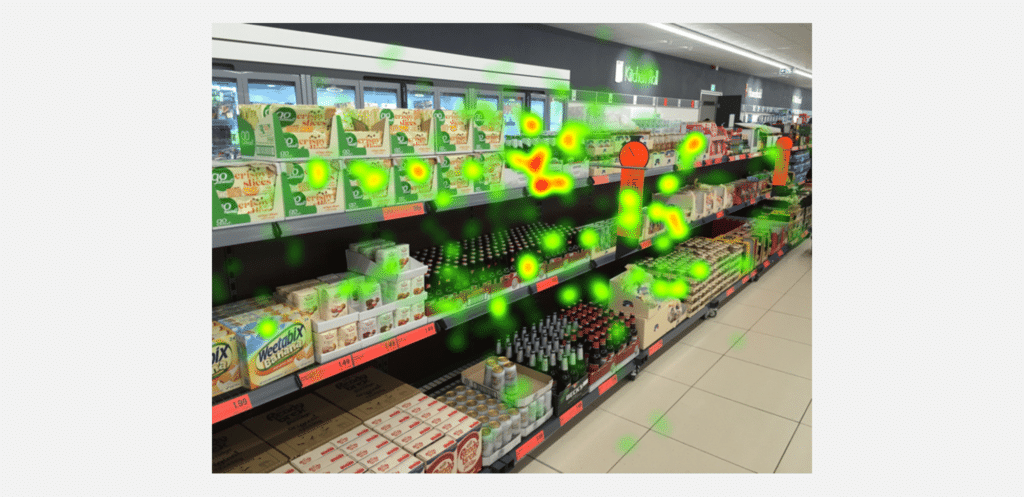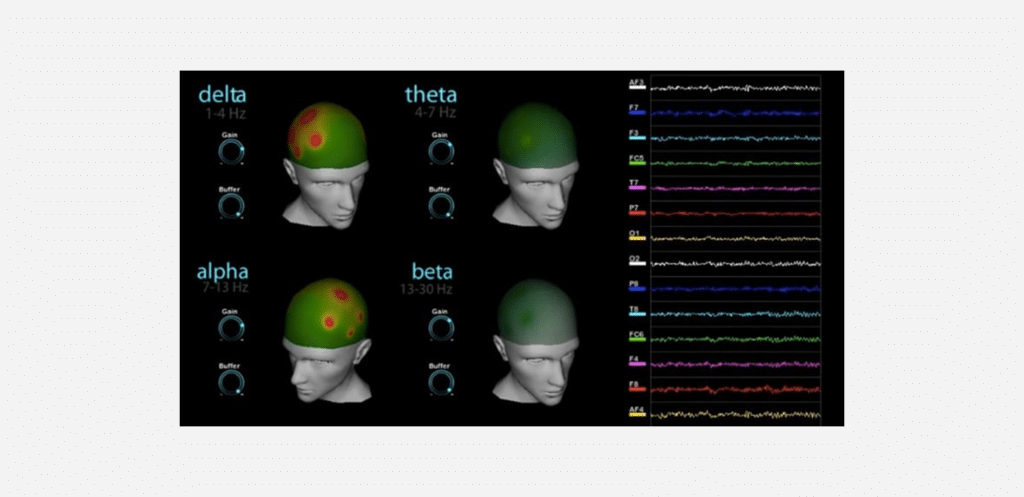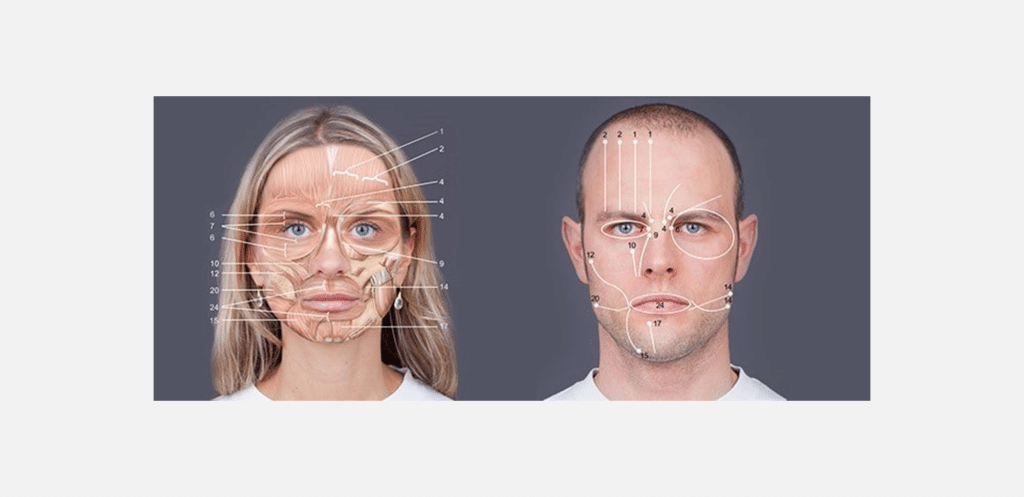In the last century, we have seen a clear shift in customer behavior from simply buying different products to shopping. The word shopping, over time, has become more and more important and has increasingly grown into a way to express yourself. If the famous philosopher, Descartes, were still alive, he would have changed his words “I think, therefore I am” into “I shop, therefore I am”. It is a matter of fact that the brand you buy tells a lot about who you are as a person.
According to the Human-Centric Marketing theory, analyzing consumers as “emotion-based creatures who make decisions with their rational benefits” and observing every aspect of their lifestyle as human beings, became the most reliable way to create a more engaging shopping experience. Applying Human-Centric Marketing strategies will give a more holistic approach to understanding the motives behind people’s shopping habits.
With this in mind, it becomes very clear that the role emotions play when it comes to making shopping decisions. But as the advertising legend David Ogilvy once said; “Consumers don’t think how they feel. They don’t say what they think and they don’t do what they say.” Explaining rationally why shoppers make emotional decisions at “the moment of truth” (at the point of purchase) is not that easy and has always been critical for all marketers.
Neuromarketing
So, how can companies measure the level of emotional engagement between their brands and their shoppers? Fortunately, “Neuromarketing” offers solutions that address those measurements. The objective of Neuromarketing is to more thoroughly understand the shopper’s motivations by using the latest neurotechnology. Neuromarketing studies the way consumer perceives feel and react to various stimuli while inside a store. According to neuroscientists, the brain is subconsciously aware of our decisions before we have consciously made those. To be more specific, it takes “Nano-seconds” for a human being’s brain to make a shopper decision.
It is interesting to know that there are different neuromarketing tools to measure the efficiency of in-store activations which can really help marketers to engage with the shoppers at an emotional level by leveraging these nanoseconds at their best. Some of the most advanced tools are Eye-tracking, EEG/FMRI, Facial Coding, Sensory Marketing.
1. The eye-tracking technique
This neuromarketing method allows analyzing the eye movement patterns of the research participants, allowing them to see the brands or advertisements from the eyes of the shopper.
There are many types of research about shopping attitudes that enlarge the perspective about in-store experiences. For instance, according to the “ShopperNeuro™” research, people tend to choose products that are close to their heart’s line rather than their line of sight. Also, relative to heart proximity, the brands located on their left side capture more of their attention compared to the ones that are on their right.

2. The EEG/FMRI
Another option of research is EEG/FMRI (Electroencephalography/ Functional Magnetic Resonance Imaging). The objective of this tool is to understand which kind of stimulus affects the brain and in which ways: it measures which brainwaves are getting activated in the exact moment when people test a certain product, view a commercial, or make a purchase decision. This allows marketers to understand people’s unconscious reactions and leverage this in their marketing strategies.
This may look similar to traditional marketing research, but scanning the consumer brain with EEG/FMRI rather than using focusing groups or surveys, will offer clearer feedback on the level of emotional engagement with our audience.

3. Facial coding
From Charles Darwin’s to American psychologist Paul Ekman’s research, it has been shown that facial impressions and human emotions such as happiness, surprise, and anger are universal. Ekman developed a tool which is called “Facial Action Coding System (FACS)” which analyses the effects of stimulus on people’s facial expressions with 46 different action units that present different emotional states. By using equipment like sensors that can be attached to the face and measure tiny movements of muscles or specialized cameras which observe the expressions of the consumer, marketers can measure the level of engagement of their customers while they watch advertisements, new products, or market shelves.
4. Sensory marketing
Sensory marketing is a tool that analyzes the interaction between the stimuli which are directly connected to a particular brand or product through the five human senses (smelling, touching, tasting, seeing and hearing) of the consumer. It is no secret that what we smell or hear can affect our mood and trigger emotions and activate lost memories. Also, we were born with the curiosity of exploring our environment by touching and looking at whatever surrounds us. This is why the packaging is very important: people want to touch and feel the product before they buy it. Shoppers have to feel something while shopping inside the store. IKEA and Starbucks are perfect examples of stores that were able to create a more emotionally engaging shopping experience using different senses.
In today’s world, the competition between the companies and variability of the products have been increasing at a huge speed. Catching the attention of the consumer and creating the most effective engagement with the brand and the target group is getting harder. Companies need to develop a plan of entertainment and engagement – the spectacle of the product that is able to dazzle the senses of the consumer and stimulate the mind and touch the heart.
By Zeynep Ece Coban & Matteo Rinaldi




